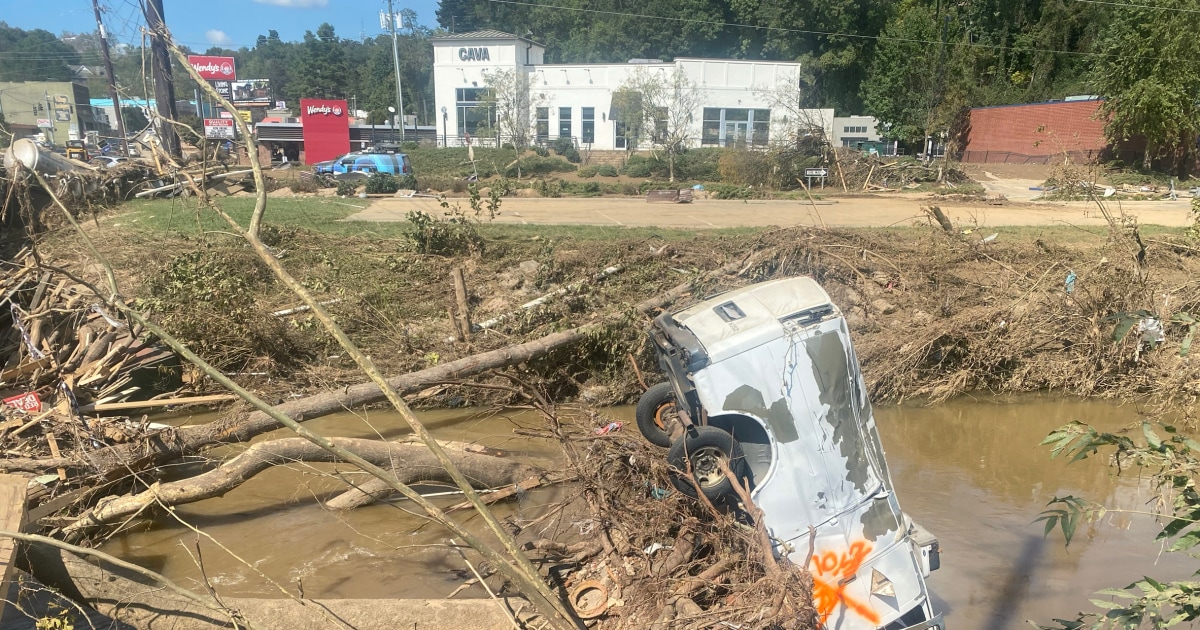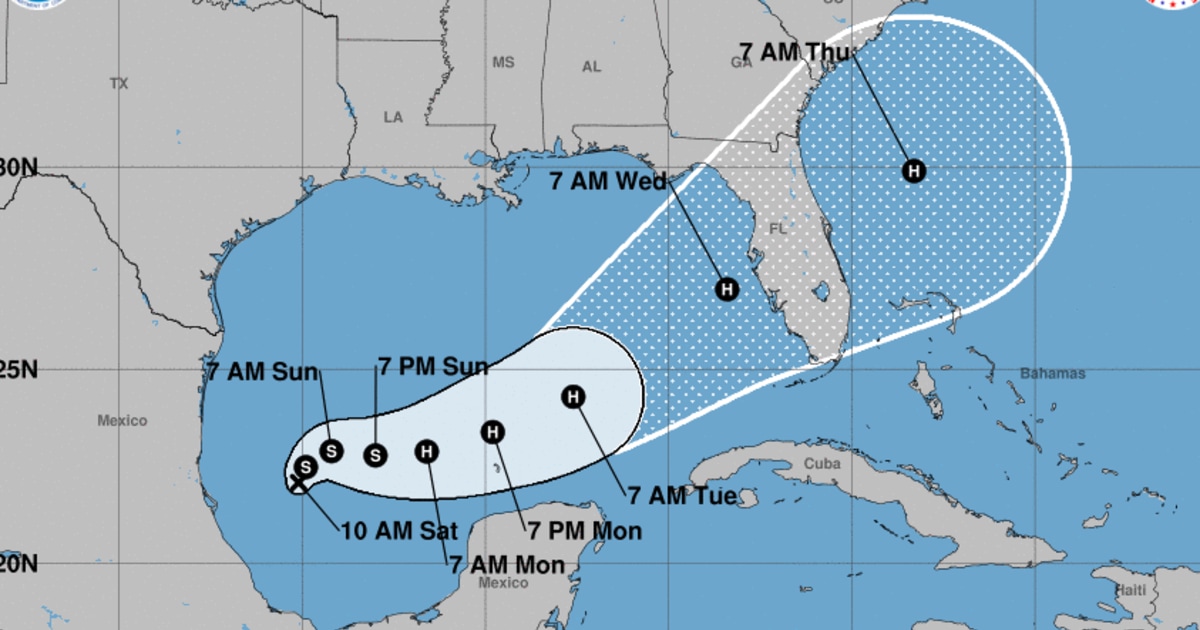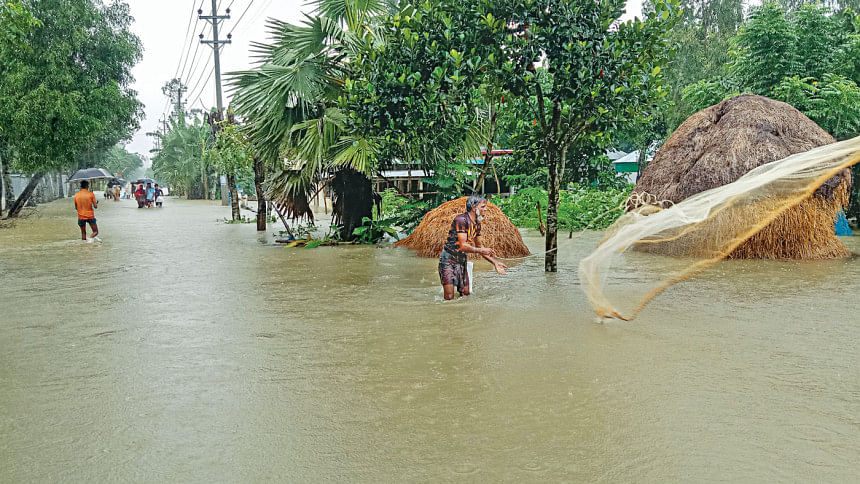
September 16, 2024 This article has been reviewed according to Science X's editorial process and policies . Editors have highlightedthe following attributes while ensuring the content's credibility: fact-checked peer-reviewed publication trusted source proofread by University of Science and Technology of China The core-mantle boundary (CMB) is a crucial interface within the Earth, marking the boundary between the outer core and the lower mantle. For the past two decades, seismological studies have identified anomalous low-velocity zones above the CMB, such as the large low-shear-velocity provinces (LLSVPs) beneath Africa and the Pacific.
Smaller ultralow-velocity zones (ULVZs) have been detected in these regions, characterized by significantly lower seismic wave speeds and higher densities compared to the surrounding mantle. A research team has revealed that these enigmatic regions may be formed by superionic iron hydride through first-principles calculations and machine learning techniques. The study was published in the Proceedings of the National Academy of Sciences .

ULVZs have traditionally been attributed to either temperature anomalies or compositional differences, with these low-velocity zones commonly ascribed to partial melting caused by higher temperatures, particularly within LLSVPs. However, the discovery of ULVZs in high-velocity regions, such as those near subducting slabs, has challenged this view, suggesting that temperature anomalies alone cannot fully explain their presence, and that compositional differences must also be considered. The USTC research team focused on iron hydride (FeH x ), a potential product of the reaction between water brought by subducting slabs and the iron-rich outer core.
Their simulations indicate that under the extreme conditions of the CMB, FeH x can exist in a superionic state, where iron atoms remain fixed in a lattice while hydrogen atoms diffuse like a fluid. This state of FeH x exhibits extremely low seismic velocities—34% and 63% lower for P-wave and S-wave velocities, respectively—and a density 50% higher than the surrounding mantle, matching the seismic characteristics of ULVZs. The study suggests that superionic FeH x , formed from slab-derived water reacting with the core, is likely a key factor in ULVZ formation, highlighting water 's crucial role in seismic anomalies at the CMB.
The study was led by Prof. Wang Wenzhong from the University of Science and Technology of China (USTC). More information: Yu Zhang et al, Superionic iron hydride shapes ultralow-velocity zones at Earth's core–mantle boundary, Proceedings of the National Academy of Sciences (2024).
DOI: 10.1073/pnas.2406386121 Journal information: Proceedings of the National Academy of Sciences Provided by University of Science and Technology of China.














